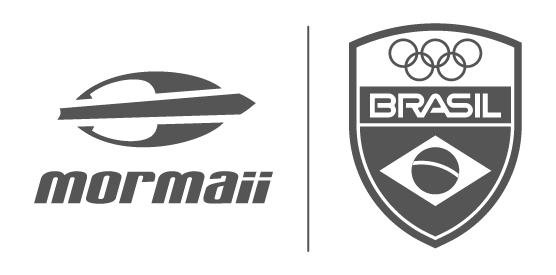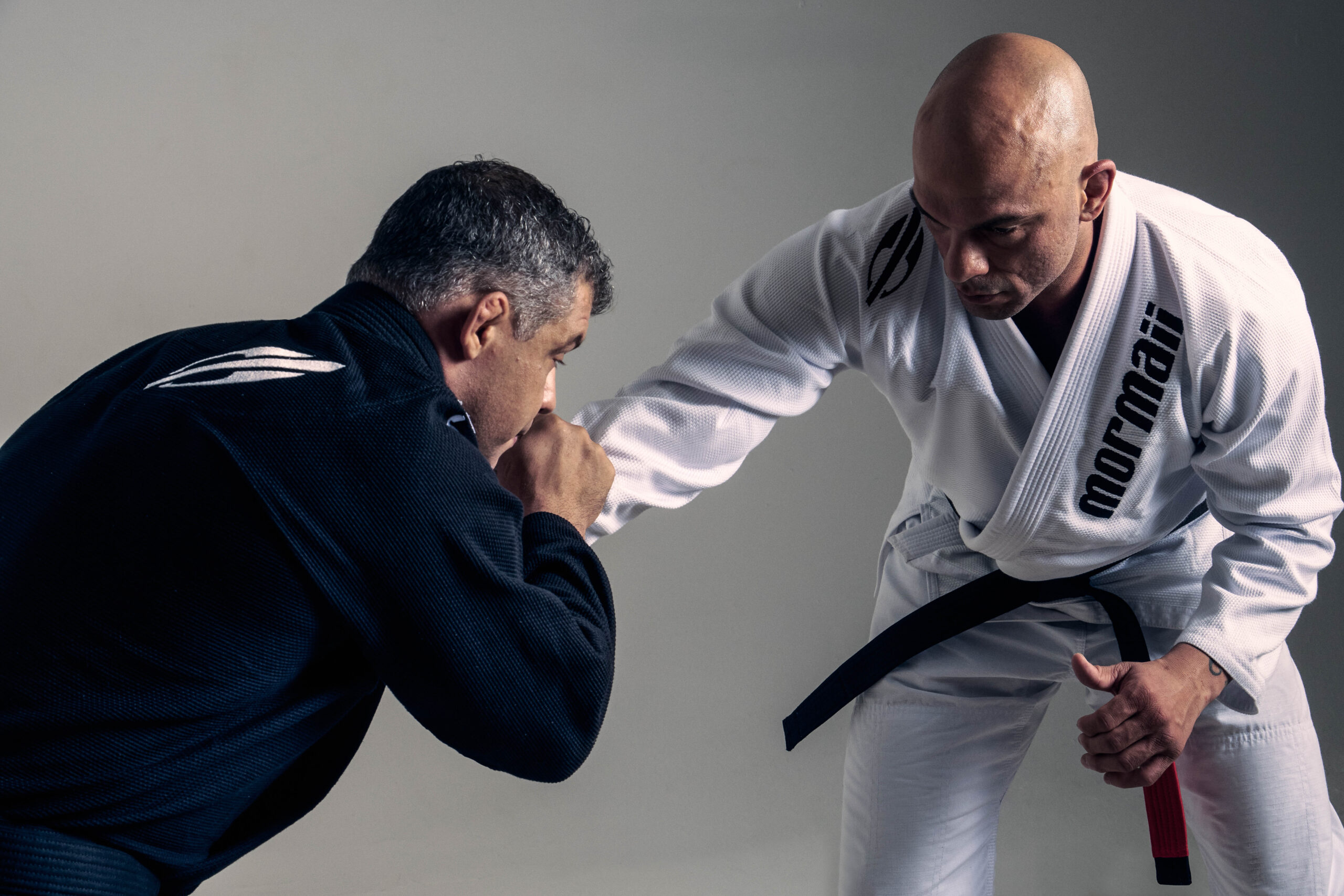Circadian rhythm is more than a buzz-word in wellness. It’s your body’s internal clock that guides everything from when you wake up, to how you recover after training, to how well you sleep. According to the Sleep Foundation, when your internal clock loses sync with the natural light-dark cycle, your sleep, mood and overall health take the hit.
For athletes and active-lifestyle people, this link between light and rhythm is crucial. Whether you’re running trails, diving into the ocean, or training indoors, how and when you get light can impact your focus, energy and physical recovery.
Here’s the thing: natural sunlight is the most powerful cue your body uses to stay synchronized. When we move through life under unnatural light patterns — dim indoors all day, screens at night, little morning light — our rhythm drifts. That shift matters.
The Science Behind It
Your brain’s master clock, located in the suprachiasmatic nucleus (SCN), uses light signals to set the pace for your sleep-wake cycle, hormone release and even metabolism.
Studies show that exposure to natural bright light in the morning helps advance the circadian phase — meaning you’ll tend to feel sleepy a bit earlier and wake more naturally in the morning.
On the flip side, exposure to artificial light at night — especially blue light from screens — can delay this rhythm, suppress melatonin and lead to worse sleep, lower mood and slower recovery.
In short: timing matters. The amount of light, when you get it, and the spectrum of that light all feed into how well your internal clock keeps up with your life and training routines.
Benefits for Energy, Mood and Recovery
Mood & Focus: When you’re exposed to natural daylight early in the day, your body produces more serotonin, the “feel-good” neurotransmitter. That’s one reason outdoor training or morning light helps your mindset. (Source: National Library of Medicine)
Sleep & Recovery: A diary-style study with over 100 adults found that those who got morning sunlight had significantly better sleep quality that night. (Source: National Library of Medicine)
Health & Performance: Disruption of circadian rhythm has been linked to increased inflammation, metabolic issues and slower recovery after exercise. (Source: JCI Insight)
Natural Reset: A simple dose of morning sunlight — just 20 to 30 minutes — can set your body’s rhythm back on track. One review suggests morning light improves daytime alertness and nighttime sleep.
For someone who trains, moves or simply strives to feel better every day, aligning your light exposure is as important as your workout or rest.
How to use it – Practical Advice
- Start your day outside: Aim for 10-20 minutes of sunlight within the first hour after waking.
- Limit screen time later: Dimming indoor light and reducing blue light from devices in the evening helps your body release melatonin naturally.
- Use daylight during movement: Plan outdoor runs, surf, trails or even a walk outside midday — it supports your rhythm and your recovery.
- Keep a regular schedule: Going to bed and waking at consistent times anchors your rhythm.
- Adjust with intention: If you’re traveling, working late or training in shifts, adjust your light exposure with purpose (morning bright light, evening dim light) — it makes a difference.
Why This Matters for Active Lives
When you’re training, competing or managing a busy lifestyle, your body is always responding to cues. Natural light is one of the most primal cues there is — it tells your brain you’re awake, safe, active. When that cue is misaligned, your rhythm falters — less quality sleep, less recovery, less focus.
In contrast, when your rhythm is aligned: you feel naturally awake, recover faster, respond better to training and move through your day with more energy. In the context of health and sports, this means maximizing your efforts, not fighting your internal clock.
Sunlight isn’t just a nice bonus — it’s a foundational tool for rhythm, recovery and performance. Adjust your exposure, focus on timing, and let the natural clock of day and night support your movement. Because optimal health isn’t just about workouts or rest. It’s about alignment. And it starts with light.
Read more: 5 Health Benefits of Water Sports (Backed by Science)



